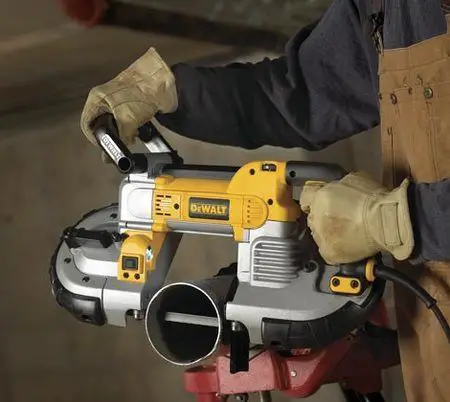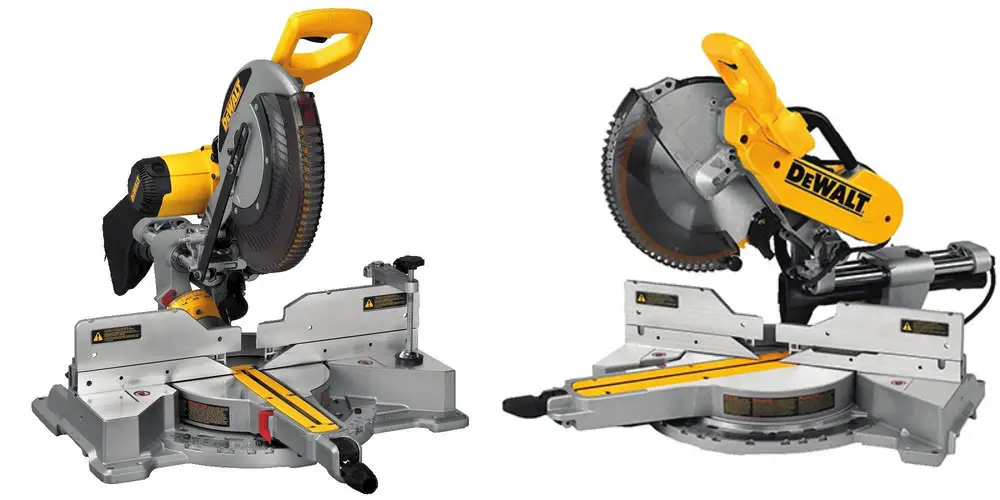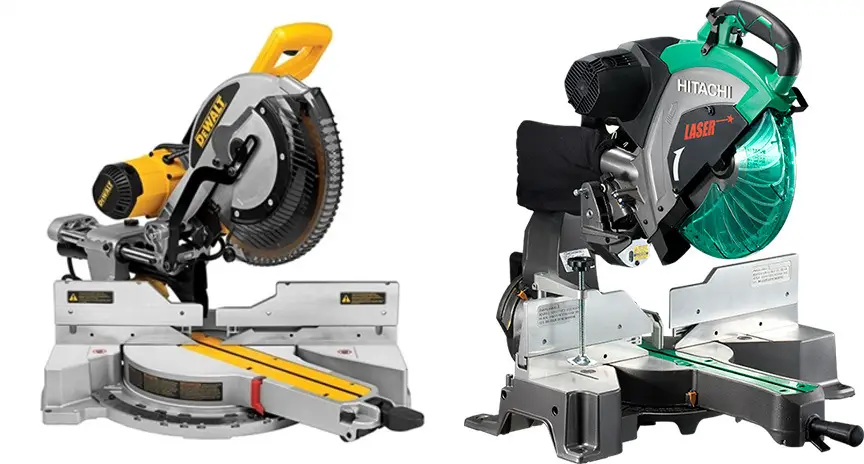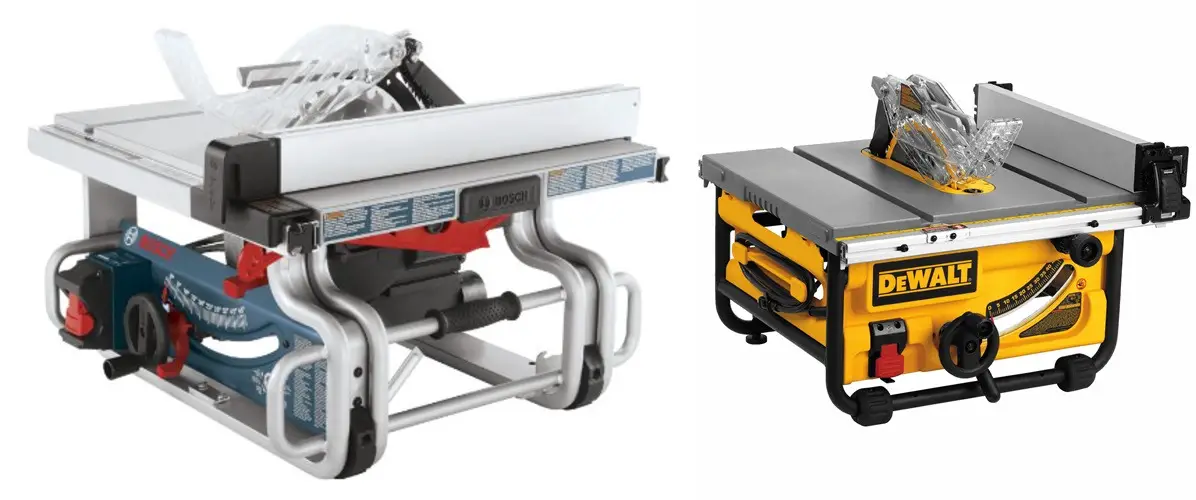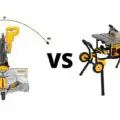Saws
A Guide To The Portable Band Saw
What is a portable band saw?
A portable band saw is a handheld power tool consisting of a continuous blade looped around two pulleys.
It really is just a small version of a regular band saw, with one huge advantage. You can move it around a lot more easily which lets you take it to the material if it can’t be moved to a regular band saw.
A band saw is typically used for cutting metal or wood and you change the blade to suit the material. You’ll typically find that using a portable band saw. It will result in a cleaner and squarer cut than would a reciprocating saw.
Choosing a portable band saw
Capacity:
Remember, the material you are cutting needs to fit within the throat of the machine so most have a cutting capacity of around 4 inches. If you need more then you can get high capacity versions that can go up to about 6 inches. But these will be larger and heavier, and thus more unwieldy.
Power:
As with most power tools you have two options when it comes to powering your saw; mains or battery. Both have benefits and drawbacks. Mains saws are typically lighter and can continue working indefinitely, but are restricted to a maximum radius from an electrical outlet.
A cordless portable band saw can be operated anywhere however you have a maximum cutting time between charges, the battery adds extra weight and they tend to be a little more expensive than their corded equivalents.
Tension release handle:
Usually located on the forward section of the saw, this handle is used to release the tension on the blade in order to replace it. This lets you replace a dull blade or switch blades depending on the material you are cutting.
Guide rollers:
These support the blade as it cuts into the material preventing it from deflecting or binding. As the blade is very thin and flexible these rollers need to rotate freely and be in the correct position to stop it warping during cutting.
Tracking adjustment:
This allows you to adjust the path of the blade as it travels between the two pulleys. The front pulley floats on a spring tension hub assembly which means that it needs to be aligned correctly so that the blade travels on the correct path while you’re cutting.
Cutting shoe:
This is a flat metal guide which is designed to support the saw and somewhat offset the drag of the blade’s teeth as it performs the cut. This helps to prevent the material being pulled into the rear drive pulley during the cut.
Variable speed:
Being able to adjust the speed of the blade will (along with an appropriate blade) allow you to cut a wide variety of materials.
Portable band saw safety
Before you start using any new power tool you should take time to read the manual and familiarize yourself with the safety features and potential dangers of the tool, and this is no different for a portable band saw.
A bandsaw has an exposed blade which is capable of cutting through wood. And most common metals ranging from copper to steel. It will have no problems taking off your fingers too. You need to keep both hands on the provided handles at all times, this will keep them safely away from the blade.
Appropriate dress is essential, namely safety glasses and gloves. But make sure you don’t have any loose jewelry which could easily get caught in the moving blade and drag your limbs in after it.
Make sure that the material you are cutting is supported. You don’t want your material to slip mid-cut, a section to come flying off propelled by the blade or something heavy to drop on your foot.
This can be as simple as having a helper hold it, making sure that their hands are well away from the blade and the cutting area in general, using a vice or saw horses and clamps.
How to use a portable band saw
Understanding how you should use a portable band saw will not only give you the best results. It will also ensure that you use it in the safest manner possible.
Prepare your material
Make sure your material is secured and the chosen cut is marked clearly. It’s best to mark it around the entire diameter of the material. So that you can judge the cut accurately whilst you’re doing it.
Clear your work area
Make sure that there are no obstacles on the floor or around the material on which you might slip or nudge your saw during the cut.
Check your clothing
Make sure you don’t have any loose clothing or jewelry. Put on your safety goggles and gloves.
Check your saw
Making sure it’s not yet powered on (so unplugged / turned off) check over the saw. Make sure nothing looks worn or broken.
Hold your saw in the cutting position over your material and make sure there’s nothing in the way. If you’re using a corded saw make sure that the cable isn’t going to be in area of the cut.
Make sure the blade is appropriate for the material you’re going to cut.
You want at least 2, but preferably more, teeth in the material at all times. So make sure the TPI of your blade is high enough if you’re cutting very thin stock. See my article on how to choose the right band saw blade for more information. It is equally applicable for portable saws as stationary ones.
Portable Band Saw Brands
You’ll find that most of the named brands have similar features and use a standard blade length. Well known brands include DeWalt, Milwaukee and Porter Cable. You can, of course, buy cheaper brands, often for a far lower price.
However be aware that the build quality of these tools. It will be far inferior and often will not last beyond a few jobs. As with most things, you tend to get what you pay for. And so we come to the end of our guide to portable band saws.

